Term 1 Unit 3 | Geography | 7th Social Science - Population and Settlement | 7th Social Science : Geography : Term 1 Unit 3 : Population and Settlement
Chapter: 7th Social Science : Geography : Term 1 Unit 3 : Population and Settlement
Population and Settlement
Unit –III
Population and Settlement
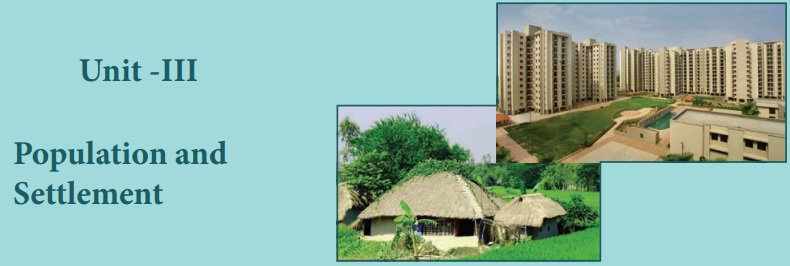
Learning Objectives
•
To know the population, races and their classification
•
To learn about the different religions
•
To know about the major languages
•
To know the favourable conditions for settlement
•
To understand the Rural and Urban settlement
•
To recognize the classification of settlement
Introduction
Population
Geography is a study of demographic phenomena which includes natality,
morality, growth rates etc., through both space and time. Increase (or)
decrease in population indicates population distribution and growth. The study
of movements and mobility of population is called migration. Among the human
people from place to place the ancient origin is grouped under major races such
us language and religion.
The Races
Race
has been defined as a biological grouping within the human species. The race is
a group of people with more (or) less permanent distinguishing characteristics
that are inherited. The most widely found human racial types are based on
visual traits such as head shape, facial features nose shape, eye shape and
colour, skin colour, stature, blood groups etc.,
The major world Human races are
• Caucasoid (European)
• Negroid (African)
• Mongoloid (Asiatic)
• Australoid (Australian)
Causasoid
The
Caucasoid is known as European race. This group is the one with fair skin and
dark brown eyes, wavy hair and narrow nose. The Caucasoid are also found in
Eurasia.
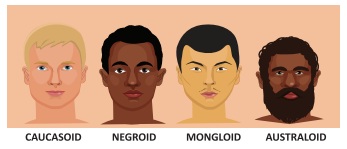
Human geography is the study
of Man and his surroundings to the natural environment
Negroid
Negroid
have the dark eyes, Black skin, black wooly hair, wide nose, long head, and
thick lips. They are living in different parts of Africa.
Mongoloids
The
mongoloid race is commonly known as the Asian-American race. The mongoloid have
the light yellow to brown skin, straight hair, flat face, broad head and medium
nose. Such people are found in Asia and Arctic region
Australoids
Australoids
have wide nose, curly hair dark skin, and short in height. They are living in Australia
and Asia.
Races of India
India
is said to be one of the cradle lands of human civilization. The ancient Indus
valley civilization in India was believed to have been of Dravidian origin in
northern India. The Dravidian people were pushed south when the Indo-Aryan came
in later. South India was
dominated
by the three Dravidian kingdoms of the chera, the cholas, and the pandyas. The
Dravidian languages are Tamil, Telugu, kannada, Malayalam and Tulu almost all
the Dravidians live in the southern part of India.
Religion
Religion
means a particular system of faith and worship, which brings human being with
human society. Religion, is a symbol of group identity and a cultural rallying
point.
Classification of
Religion
a)
Universalizing Religions
Christianity,
Islam and Buddhism.
b)
Ethnic Religions
Judaism,
Hinduism and Japanese Shintoism.
c) Tribal or Traditional Religions
Animism, Shamanism and Shaman.
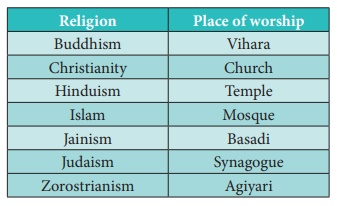
Language
Language
is a great force of socialization. Language, either in the written or oral
form, is themost common type of communication. Language promotes the
transmission of ideas and the functioning of political, economic, social and
religious systems.
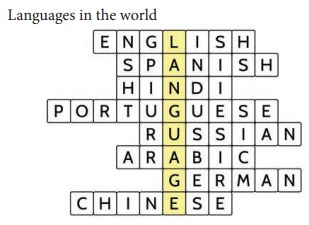
Languages of India
India
has many languages and culture. Each state has its own language though the
national language is Hindi, 22 major language were spoken by about 97 percent
population of the country. India follows Kashmiri, Urdu, Punjabi, Hindi,
Rajasthani, Gujarati, Bengali and Assamese etc., these language are followed in
North India. The main languages of the Dravidian family are Tamil, Telugu,
Kannada, Malayalam etc., These languages are mainly spoken in southern India.
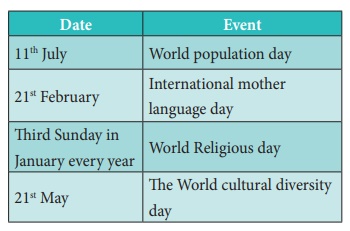
Today
usage of language has changed. It is often used as communicational skill. With
the different means of communication and fast moving world advancement in
technology helps in understanding of different languages very easily with easy
access to electronic media along with its pronunciations. These technologies
have really brought the world closer.
Settlement
Settlement
is a place where people live and interact through activities such as
agriculture, trading and entertainment. A rural settlement is a community,
involved predominantly in primary activities such as agriculture, lumbering,
fishing and mining. An urban settlement engages in predominantly in secondary
and tertiary activities, such as industries, trade and banking. There is often
a correlation between the functions, size of population and population density.
A rural settlement tends to have a small population and low population density.
Urban settlement often has a large population size and high population density.
Site
and situation refers to the location of the
actual settlement. The initial choice of a site for a settlement depends on how
it is useful for meeting our daily needs, like water supply, availability of
farmland, building material and fuel etc.,
Old House Types

In
the early periods of human settlement, houses were built using local materials.
The form of the house was closely related to the environment. In the
agricultural regions, houses were built with mud walls and the roof was made of
stalks of paddy (or) other crops of grass (or) thatch. Local wood was used to
provide frame for the roof. Such old houses had wide verandahs and an open air
circulation. The size of the house depended on the economic status of its
inhabitants.
Patterns of Settlements
Settlements
also be classified into Compact settlements and Dispersed settlement
Compact settlements
Compact
settlement is also known as nucleated settlement. In this type large a number
of houses are built very close to each other such settlement develop along the
river valleys and fertile plains, In India compact settlements are found in the
northern plains and the coastal plains of peninsular India.
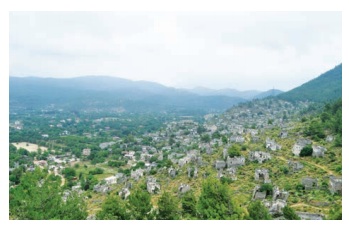
Dispersed Settlements
Dispersed
settlements are generally found in the areas of extreme climate, hilly tracts,
thick forests, grasslands, areas of extensive cultivation. In these
settlements, houses are spaced far apart and after interspersed with fields. In
India this type of human settlement is found in the northern kosi tract, the
Ganga delta ,the Thar Desert of Rajasthan and the foot hills of Himalayas and
the Niligris.
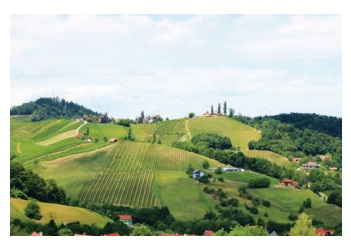
A hierarchy of
settlements
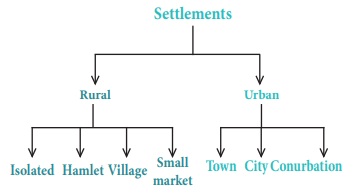
Rural settlement
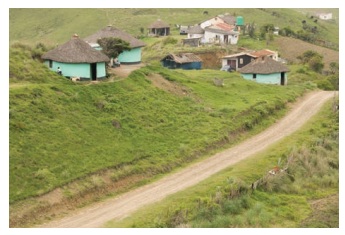
Rural
settlements are predominantly located near water bodies such as rivers, lakes,
and springs where water can be easily available. People choose to settle near
fertile lands suitable for agriculture, along with the provision of other basic
needs. Hence, they prefer to live near low lying river valleys and coastal
plains suited for cultivation. The availability of building materials like
wood, stone and clay near settlements is another advantage, for settlements to
be built.
Factors Influencing Rural Settlement
• Nature of topography
• Local weather Condition
• Soil and water resources
• Social organisation
• Economic condition
Pattern of Rural
Settlement
Thepattern of settlement has been defined as the relationship between a
house or building to another. A rural settlement pattern is a function of
relief, climate, water supply and socio-economic factor. It is broadly
classified under the following patterns, such as Linear,
Rectangular, Circular, Star like pattern etc.,
In
a Linear settlement, houses are
arranged along the either side of a road,railway line, river (or) canal,the
edge of a valley,etc., e.g. the Himalayas the Alps, the Rockies.
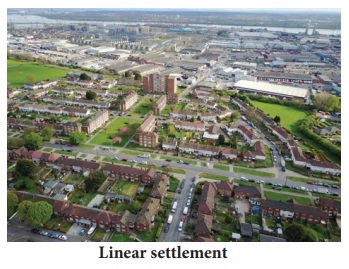
The
rectangular settlements are almost
straight, meeting each other at right angles. Such a settlement is found in
plain areas (or) inter montane plain. E.g.,Sutlej. Houses built around a
central area are known as Circular pattern of settlements. Such settlement
develop around lakes and tanks. The Star like pattern of
settlement develops on the sites and places where several roads
converge and houses spread out along the sides of roads in all
directions.e.g. The Indo – Ganga plains of Punjab and Haryana
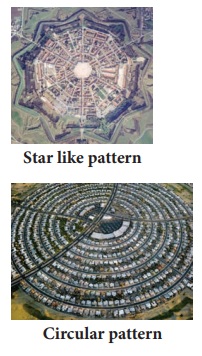
Pilgrim settlement
Pilgrim settlement may come
up around a place of worship(or) any spot with a religious significance. E.g.
Thiruverkaduin Tamil Nadu.
Wet Point Settlement
A
wet point is a site with reliable supply of water from wells, tank, river,
spring (or) pond in an area.
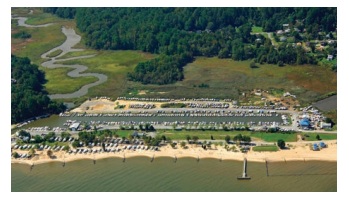
Dry Point Settlement
A
dry Point settlement is located in low-lying areas in the regions of excessive
dampness. Dry point settlements are not affected by flooding, due to the
landscape and the source of water. Such settlements are found in the coastal
plains of Kerala and deltas along the east coast of India.
Urban Settlements
The
settlements in which most of the people are engaged in secondary and tertiary
activities are known as urban settlements. In other words, urban is related to
cities and towns. The word urban is often used in terms of town, city, mega
city, conurbation, megalopolis.
Classification of Urban Settlements
The definition of urban area varies
from are country to another. Some of the common basis of classification are
• Size of population
• Occupational structure
• Administration
Town
Town
is a general name for
an urban place, usually a settlement meeting a prescribed minimum population
threshold. Population more than 5000 people. Based on the function that cities
perform they can be classified into the following types of towns, such as
administrative, cantonment, academic etc.,
City
The
term City is generally applied to large urban places with no strict definitions
to separate if from smaller town. City is a nucleated settlement which
multifunctional in character, including an established central business
district. In India an urban place with more than one lakh population is
considered as a city (Population more than 1,00,000).
Mega city
A
mega city is a very large city typically with a population of more than 10
million people. A mega city can be a single metropolitan area
E.g.
Canton, Tokyo, Delhi, Mumbai are some of the examples of megacities.
World Health Organization
(WHO) suggests that among other things a healthy city must have
• A Clean” and “Safe”
environment
• Meets the basic needs
of “All” its inhabitants
• Involves the
“Community” in local government
• Provides easily
accessible “Health service.
Megalopolis
The
word megalopolis is given for a large conurbation, when two or more large
cities whose total population exceeds ten million. The region made up of cities
between Boston and Washington D.C is a well-known megalopolis. In India,
Kolkata is the largest urban area which is a megalopolis. Gandhinagar, Surat,
Vadodara, Rajput in Gujarat are the important megalopolis cities in India.
Conurbation
A
Conurbation is a region comprising of a number of cities, large town, and other
urban areas that through population growth and physical expansion have merged
to form one continuous urban (or) industrially developed area. West Midland in
England, the Ruhr in Germany, Randstad in the Netherlands are example of
conurbations. Mumbai in Maharashtra, Gurgaon, Faridabad in Haryana, Noida in
Uttar Pradesh are the conurbation cities of India.
Satellite Town
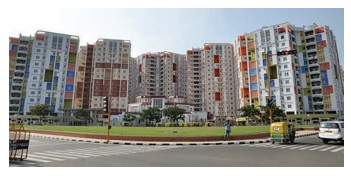
A
satellite town is a town designed to house the over population of a major city,
but is located well beyond the limits of that city. Satellite towns are
generally located outside the rural urban fringe. In India most satellite towns
are purely residential in character. Satellite towns occasionally present a
look of twin towns such as Dehri and Dalmianager in Rohtas district of Bihar.
They may be connected with roads. For e.g. Patna, Barauni, Varanasi and
Hajipur.
Smart City
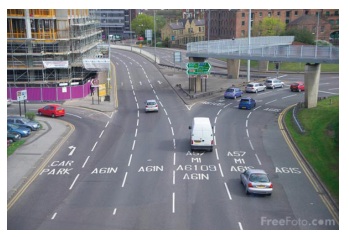
In
an urban region, a city which is very much advanced in terms of infrastructure,
real estate, communication and market availability is called a Smart City. The
first ten smart cities of India are Bhubaneshwar, Pune, Jaipur, Surat,
Ludhiana, Kochi, Ahmedabad, Solapur, New Delhi and Udaipur. Tamil Nadu has 12
major cities to be transformed as smart cities. They are Chennai, Madurai,
Tirunelveli, Tiruchirappalli ,Thanjavur, Tiruppur, Salem, Vellore, Coimbatore,
Thoothukudi, Dindigul and Erode.
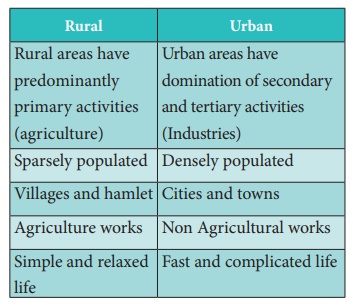
Wrap up
• Races has been defined as a biological
grouping within the human species, distinguished or classified according to
genetically transmitted differences
• Caucasoid (European) Negroid (African)
Mangoloid (Asiatic) Australoid (Australia) are the major classification of races
• Religion is classified into universalizing
Ethnic and Tribal religion
• Language is a cultural form of enduring
value and a culture can survive with the presence of language only
• Settlement is defined as a place in which
people live and carryout various activities
• Settlement may be classified on basis of
occupation as rural (village) and Urban (town)
• Compact settlements develops along river
valleys and infertile plains
• Dispersed settlement are generally found in
the areas of extreme climates, hill tracks, thick forest, grassland and in poor
agricultural land.
• Smart city is a city which very much
advanced in terms of infrastructure.
Reference
1. Dr. S.D Maurya (2016) cultural
Geography sharda pustak Bhawan publication, Allahabad.
2. R.Y. Singh (2007) Geography of
settlements Rawat publications, New Delhi
3. Majid Husain (2002) Human Geography Rawat publications Jaipur and New Delhi.
Related Topics